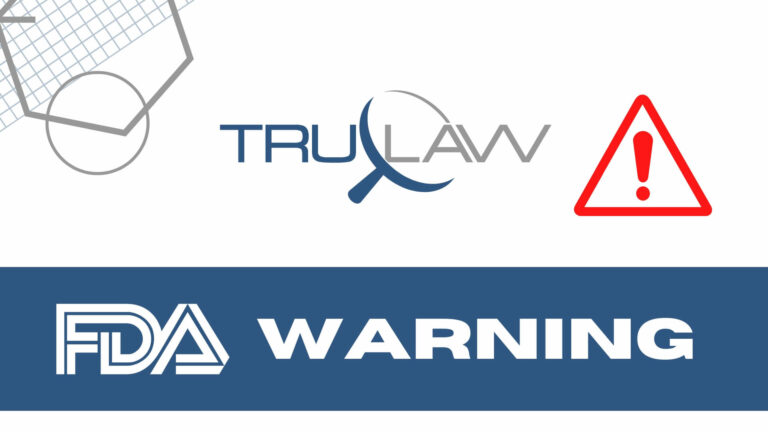
The FDA is calling to attention a Class I recall of NOxBOXi Nitric Oxide System by NOxBOX Ltd. because of a manifold defect that may lead to gas leaks and interrupted therapy to neonates.
Initiated by the firm on May 3, 2023, the recall covers 767 devices that were distributed in the U.S. between May 21, 2021 and February 27, 2023. The FDA announcement, posted July 13, 2023, identifies the recall as Class I, the most serious type of recall; the classification indicates that use of the affected devices may cause serious injury or death.
Designed to facilitate breathing in a patient via a ventilator during inhaled nitric oxide (NO) therapy, the NOxBOXi Nitric Oxide Delivery System (NOxBOXi) provides a constant concentration of nitric oxide medical gas. Also used to monitor levels of nitric oxide, nitrogen dioxide, and oxygen while the patient is receiving the NO therapy, the system is approved for use in newborns and neonates, even those who suffer from congenital heart disease.
Officials took action after a misalignment of the check valve was discovered in the NOxBOXi’s manifold, which could potentially cause the manifold to malfunction. In the event that the manifold fails, nitric oxide or oxygen could escape, and the product’s gas cylinders could change earlier than anticipated, or may not change at all.
Any resulting disruption in nitric oxide therapy may cause blood oxygen levels to plummet (desaturation) or cause increased pressure in the pulmonary artery that conveys oxygen from the heart to the lungs. Neonates with congenital heart disease who are administered therapy using an affected device would be at an increased risk of serious injury or death.
NOxBOX Ltd.’s Urgent Medical Device Recall letter, issued May 2, 2023, identifies those primarily affected as neonates receiving inhaled nitric oxide therapy with the system, and the healthcare providers caring for the young patients receiving the therapy.
Company officials outlined a list of recommended actions:
- Assess device inventory and devices in use to identify any affected NOxBOXi devices at the facility.
- An affected NOxBOXi device may be kept in service unless:
- it fails to pass the start-up high pressure leak test
- it alarms during the cylinder changeover, and the alarms cannot be resolved by troubleshooting
- All relevant personnel should be instructed on the correct and updated troubleshooting measures, as put forth in the letter:
- When starting therapy on a new patient, prioritize the use of an unaffected device, if possible
- In the event that only an affected device is available, or an affected device is already being used:
- Have a back-up device and back-up cylinders at close hand during start-up and cylinder changeover to “mitigate the potential risk” of interrupted or delayed therapy.
- Have two cylinders connected to the NOxBOXi device (as recommended via training and the instructions for use)
- Refrain from using the device with only one cylinder
- During therapy setup, double-check that all leak check protocols are followed according to the onscreen setup guide, the instructions for use in Section 4.4.1 NO Gas Cylinder Connection, and the start-up high pressure leak test.
- Be aware that the device will fail the start-up supply high-pressure leak test if the manifold check valve malfunctions during the start up.
- Be aware that if the manifold check valve fails during the cylinder changeover, one of the following alarms will be presented:
- Audible and visual alarms for low cylinder
- If not addressed: audible and visual alarms for critical cylinder
- If confronted with one of the above alarms, all onscreen troubleshooting instructions should be followed, which include possibly replacing the NO cylinder
- If the issue is not resolved after troubleshooting, resort to a back-up device and have the affected device returned for inspection and correction, if necessary.
- Be aware that the device may sometimes use both cylinders at once, as opposed to sequentially. This could cause both cylinders to deplete simultaneously or switch from one NO supply cylinder to the other earlier than anticipated.
- Contact device supplier Linde Gas & Equipment Inc. (LGE) to report any observed adverse events. LGE will then work with NOxBOX Ltd. to determine whether the incident is recall-related.
- If affected devices are located in inventory or use, the response form should be completed and returned with the letter ASAP.
Officials say NOxBOX Ltd. aims to correct or replace all impacted devices on a rolling basis. The company is currently working to secure new manifolds.
Consumers with recall-related questions can contact a sales representative or the company’s customer service at 833-NOX-VENT.
As the FDA continues to monitor the recall, healthcare professionals and consumers are urged to report any relevant adverse experiences to the agency’s MedWatch program.
If your child has suffered an adverse health outcome that can be linked to the use of a compromised medical device, your family deserves compassionate legal support and maximum compensation. Our compassionate attorneys at TruLaw are personally invested in holding negligent parties accountable for any pain and suffering. To learn how we can support you, connect with us online or take our free Instant Case Evaluation ℠.